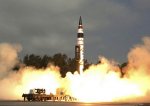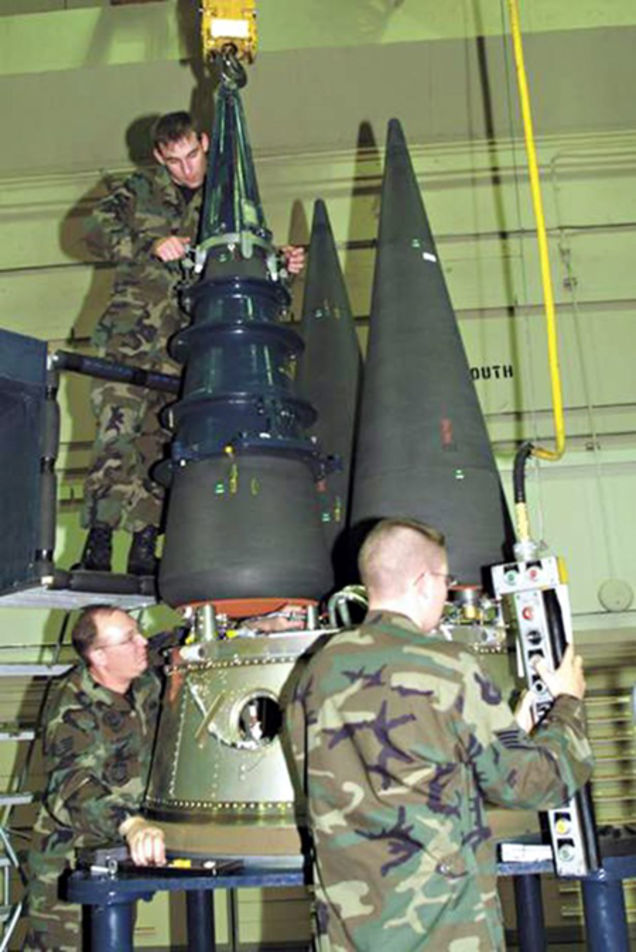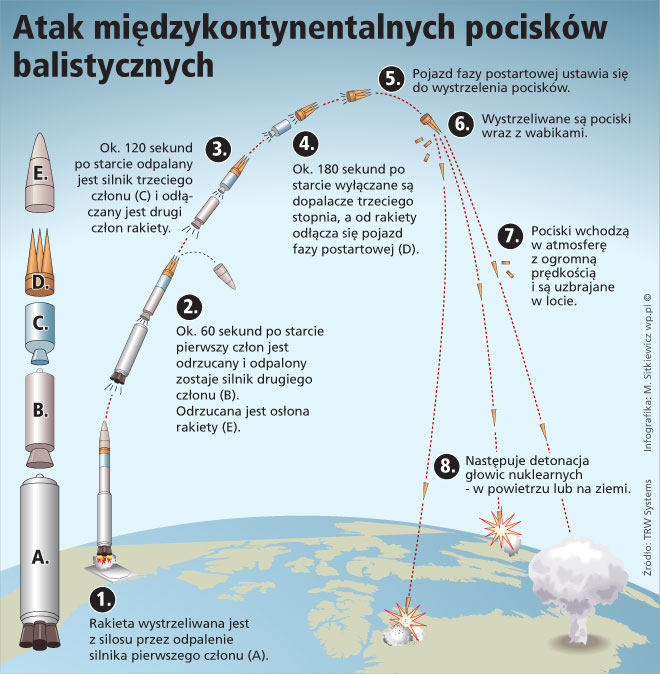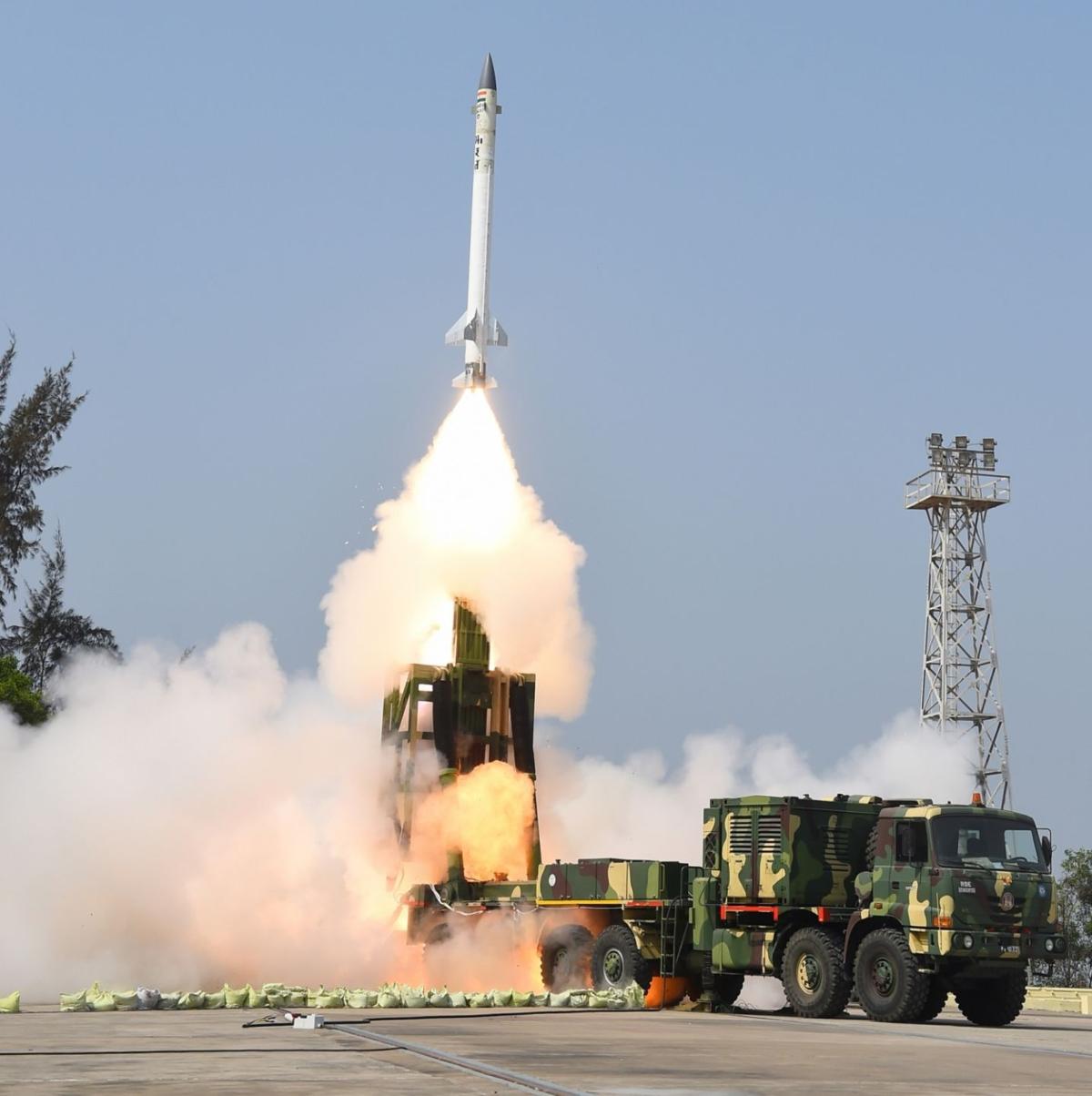Successful Pre-induction Trial of India’s Agni-V Intercontinental Ballistic Missile Takes It Closer To Deployment
Earlier today, the Agni-V Intercontinental Ballistic Missile (ICBM) developed by the Defence Research and Development Organization (DRDO) successfully underwent what is being called a ‘pre-induction trial’, a sort of user assisted trial, that has taken it closer to deployment with India’s Strategic Forces Command (SFC), which is the ‘user’ in question. This launch was also the third successful launch in-a-row from a canisterized road-mobile launcher. Moreover, this test-flight seems to indicate that residual problems with the Agni-V’s primary battery supplying on-board electrical power have also been resolved.
The development of the Agni-V Intercontinental Ballistic Missile (ICBM) certainly marks the arrival of India as a missile power. With a range of ‘easily more than 5,500 km’, the Agni-V clearly confers upon India the ability to hold all of China’s Eastern Seaboard cities at risk from Peninsular India. But then, there is more to this missile than its range capability. In technological terms, this missile represents the coming of age for India of a very long range payload delivery capability that is both rather accurate as well as survivable. Let us take a closer look, at some of the Agni-Vs technological features of significance.
Guidance
The missile has a contemporary guidance package that utilizes an indigenous ring laser gyroscope based inertial navigation system (RLG-INS) developed by DRDO’s Research Center Imarat (RCI) in Hyderabad. For redundancy it also has a micro-electromechanical systems (MEMS)- based inertial measurement unit (IMU) that has also been developed by RCI.
Both the RLG-INS and MEMS-IMU are capable of receiving multi-constellation updates from satellite navigation systems such as the American GPS and the Russian GLONASS as well as India’s satellite based augmentation system, GAGAN, to remove accumulated errors in their measurements.
The superior accuracy of the Agni V can also be attributed to the incorporation of a system on chip (SOC) based on-board computer (OBC) that weighs just 200 grams and boasts 6-7 times greater processor capability than legacy printed-circuit board (PCB) based systems which could weigh up to 5 kgs. This SOC-OBC has robust communication interfaces such as a three-channel bus etc and runs on fault-tolerant software. The embedded SOC concept used for both guidance and control requires very little power and gives far greater leeway in warhead configuration besides enhancing efficiency.
Use of Composites
Agni-V is not just more accurate but is also more reliable and indeed survivable. While its 2.0-m-diameter, first stage motor is made of 250 grade maraging steel, its second and third stages have carbon fiber reinforced polymer (CFRP) casings.The second stage also has a diameter of 2.0 m. The total burn time for all three stages together is estimated to be close to four minutes.
The use of CFRP stages facilitates greater fuel fraction, enhancing range capability. In the future, even the first stage of Agni-V will use carbon composite motor casings and that would take care of the issue of corrosion altogether and enhance overall structural integrity. The Agni-V also relies on digitally connected multi-channel communications within its body for the control system, thereby reducing a lot of the cabling that would have otherwise gone into such missiles. This serves to reduce the risk of failure in the missile system and increases dependability.
This features have all been validated in today’s launch, which was the fifth consecutive successful test of this missile overall. The use of corrosion-resistant composites and digital connectivity within the missile makes it easier to turn the Agni-V into a classic ‘wooden round’ – that is a canisterised missile system transportable by road and rail ready to launch on demand, with an almost maintenance free stowage and storage life of 10 years or so.
Cold launch scheme
Agni-V in canisterised configuration consists of a mission ready missile, a gas generator for ejecting the missile out of the canister to a height of about 30 metres at which point the Stage-I motor ignites, and the missile speeds towards its target. This cold launch scheme allows the missile to be launched from relatively unprepared strips. Work on a steam-gas missile ejection system is currently underway for the Agni-V and canisterized ballistic missiles.
The missile canister itself sits on the Agni-V’s Transport-cum-Tilting vehicle-5 (TCT-5), designed and developed by DRDO’s Vehicle Research and Development Establishment, Ahmednagar.
The Agni-V itself is 17 metres long and has a launch weight of about 50 tonnes with a 1.5 tonne payload which is adequate to carry fusion boosted fission warheads with a yield of 200-300 kilotonnes.
Survivability against emerging anti-ballistic missile threats
Now, while an Agni-V locked and loaded sitting in a canister somewhere in India is not exactly what China likes to hear first thing in the morning, the middle kingdom could actually have more to worry about. The Agni-V’s re-entry vehicle shown in previously released pictures may turn out to be rather manoeuvrable making things difficult for emerging Chinese terminal anti-ballistic missile (ABM) defences. All three stages of the Agni-V in any case have flex nozzle control systems which enhance manoeuvrability during flight.
The future?
One more ‘user assisted trial’ by SFC and DRDO will be done before the Agni-V is considered moves into the early deployment with future trials being dubbed ‘user training exercises’. It may also serve as a baseline for a longer ranged and heavier missile that will carry multiple independently targetable re-entry vehicles (MIRV) and this missile may be designated Agni-VI. Despite, the Agni-V’s current potency, a MIRV Agni-VI will be needed to guarantee penetration against China’s ABM system in the decades ahead.
At the moment, the Project Director for Agni-V is G. Ramaguru whereas director of the overall Agni Programme is MRM Babu. Both of whom, along with Dr Sateesh Reddy, who is currently Scientific Adviser to the Indian Defence Minister and Director General, Missile and Strategic Systems were present for this morning’s Agni-V launch.















